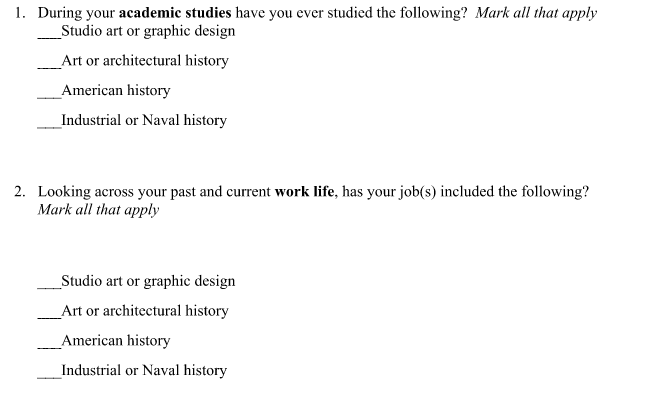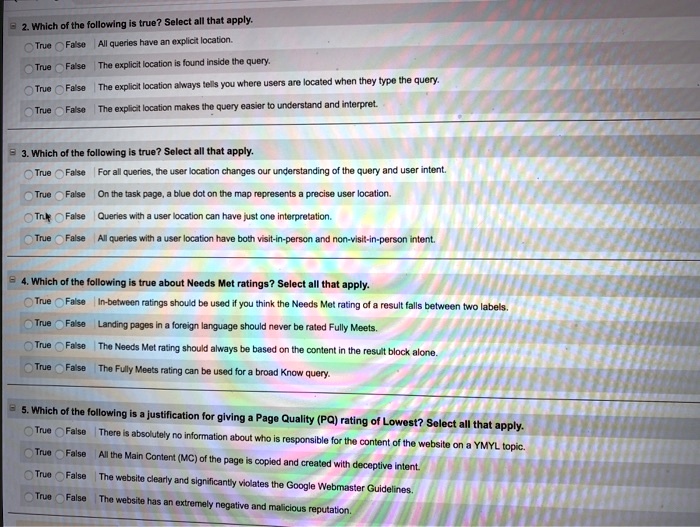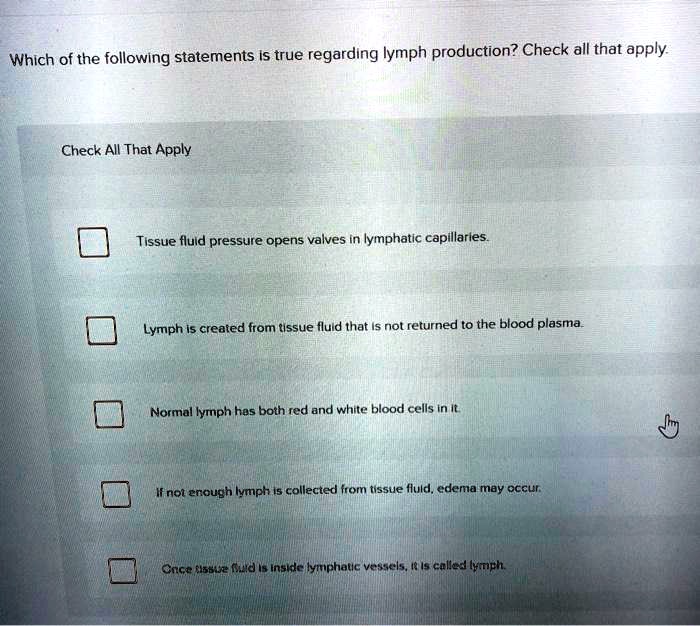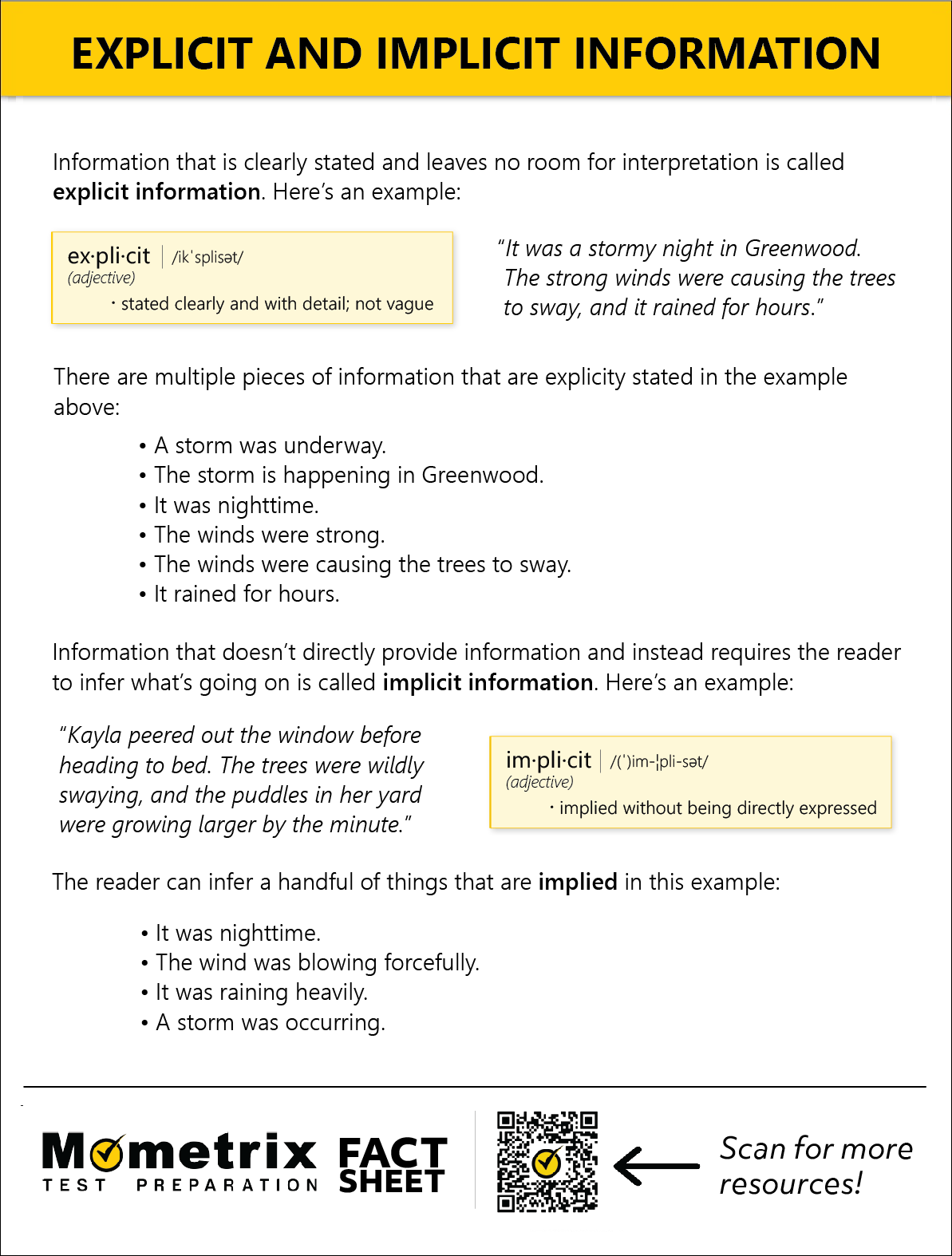Which Details Are Stated Explicitly Check All That Apply.

The debate over education standards has intensified following the release of a new assessment focusing on reading comprehension skills. A significant portion of the public and educational professionals are now questioning how explicit information is presented and retained by students. The assessment has triggered discussions on teaching methodologies and curriculum development.
At the heart of the controversy is the assessment's emphasis on identifying details that are explicitly stated in texts. This article aims to dissect the core aspects of this assessment and understand the implications for education. This will focus on the definition of "explicit details," the methods used to evaluate student understanding, and the anticipated impact on pedagogical approaches.
Understanding Explicit Details: The Foundation of Comprehension
Explicit details are factual pieces of information that are directly stated in a text. Unlike inferences, which require readers to "read between the lines," explicit details are immediately accessible. This includes information such as names, dates, locations, and direct quotations.
For example, if a passage states, "Jane Doe was born on July 4, 1976, in Chicago," these are all explicit details. Successfully identifying these details forms the bedrock of understanding more complex concepts within the text.
The Assessment: A Deep Dive into Explicit Detail Identification
The assessment primarily tests a student's ability to accurately pinpoint and recall explicit details from a given passage. Questions often take the form of multiple-choice or short-answer questions. These question types are designed to minimize subjectivity in scoring and to provide a standardized measure of comprehension.
According to a press release from the Department of Education, "The assessment is designed to ensure students are building a firm foundation in reading comprehension. This foundation is key for success in all academic disciplines." The assessment uses carefully selected passages from a variety of sources, including literature, informational texts, and historical documents.
Key Components of the Assessment Structure
The assessment structure includes several key components. The passages are tiered by reading level. This aims to accommodate diverse student populations and to track progress over time.
Questions are carefully designed to assess the identification of different types of explicit details. This includes factual statements, character descriptions, and chronological order of events.
"The goal is not simply memorization," stated Dr. Emily Carter, lead researcher on the assessment project. "We want students to actively engage with the text and be able to readily retrieve essential information."
Potential Impact on Educational Practices
The assessment results have already sparked debate amongst educators. Some argue that focusing too heavily on explicit details may discourage critical thinking. Others believe it provides a necessary starting point for developing higher-order comprehension skills.
Several school districts are considering adjusting their curriculum to emphasize the identification and recall of explicit details. Teachers are exploring new strategies to actively engage students with the text. This may involve techniques such as highlighting key information or summarizing passages in their own words.
Furthermore, educational technology companies are developing new tools and resources to support this shift in focus. These resources aim to make learning more interactive and engaging.
Concerns and Criticisms
Despite the perceived benefits, the assessment has faced criticism. Some educators argue that it overly simplifies the complexities of reading comprehension. They fear that it may lead to a reductionist approach to literature and learning.
A statement from the National Education Association highlighted concerns. It expressed fear about "teaching to the test" and potentially neglecting other important aspects of reading, such as interpretation and analysis.
Another concern is the potential for bias in the assessment. Critics have raised questions about the cultural relevance of the passages selected. They suggest the questions might be disadvantaging students from diverse backgrounds.
Moving Forward: Balancing Explicit and Implicit Understanding
The discussion surrounding the assessment underscores the importance of a balanced approach to reading comprehension. While the ability to identify explicit details is essential, it's crucial to foster critical thinking and analytical skills as well.
Educators and policymakers must work together to ensure that assessments are comprehensive. They should also avoid an overemphasis on rote memorization. The ideal is to promote a love of reading and to equip students with the skills needed to navigate a complex world.
The long-term impact of this assessment remains to be seen. The ongoing conversation surrounding its methodology is certain to shape the future of education. Continuous evaluation and refinement are necessary to ensure that assessments accurately reflect the goals of education and serve the needs of all students.

![Which Details Are Stated Explicitly Check All That Apply. [FREE] Which details are stated explicitly? Check all that apply](https://media.brainly.com/image/rs:fill/w:750/q:75/plain/https://us-static.z-dn.net/files/db0/b4ab170d43a6400ba58fed614ada9e29.jpg)


![Which Details Are Stated Explicitly Check All That Apply. [FREE] What did you include in your response? Check all that apply](https://media.brainly.com/image/rs:fill/w:750/q:75/plain/https://us-static.z-dn.net/files/db0/1a3bc2d9612550c8df6b0f028484b919.png)

![Which Details Are Stated Explicitly Check All That Apply. [FREE] Which details are stated explicitly? - brainly.com](https://media.brainly.com/image/rs:fill/w:750/q:75/plain/https://us-static.z-dn.net/files/dda/0fbd62568952ca892e17385e9a1ce82d.png)








